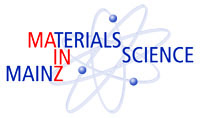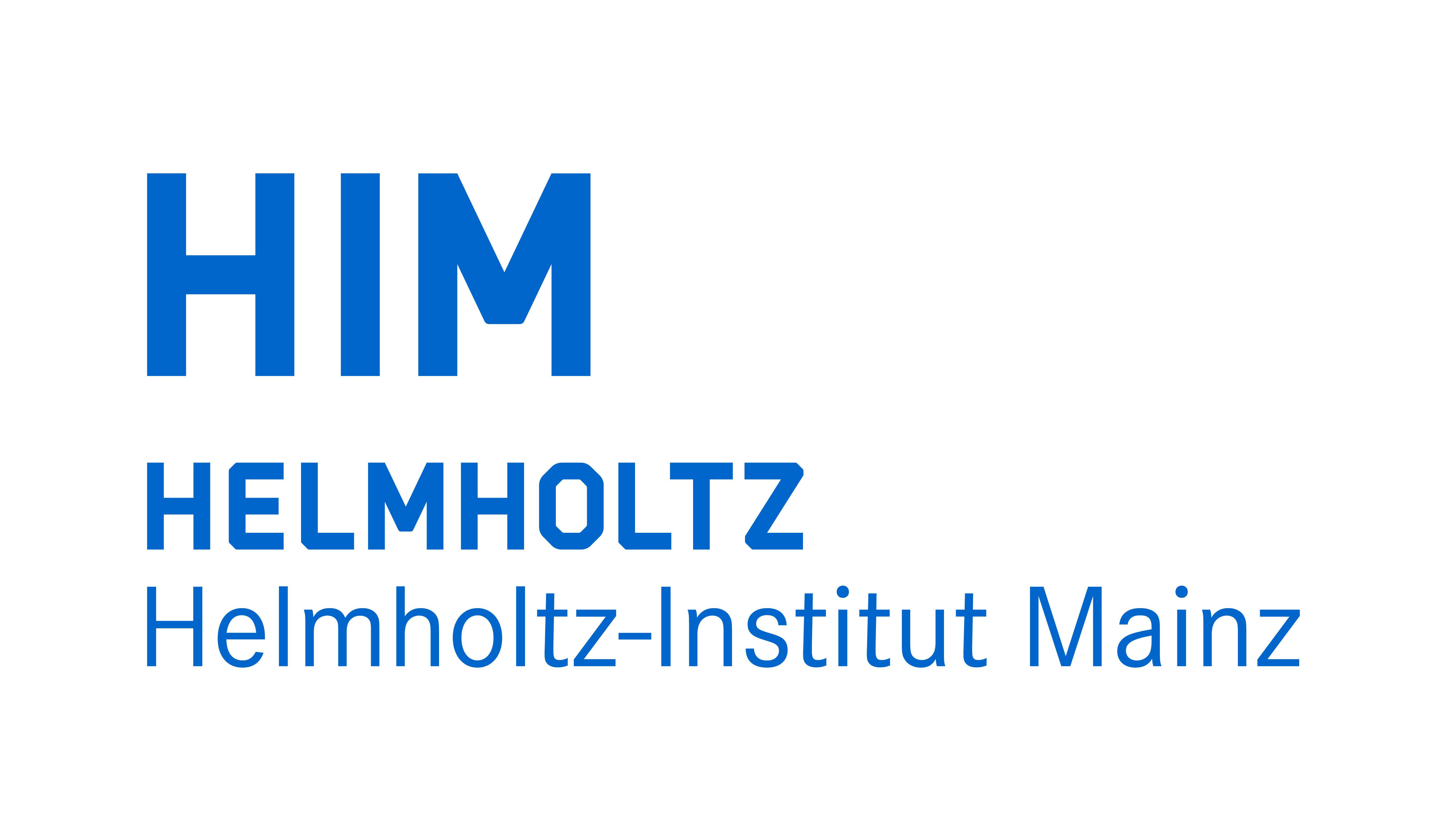


Physikalisches Kolloquium
June 18, 2013 at
5 p.m. c.t.
in
Hörsaal des Instituts für Kernphysik, Becherweg 45
Prof. Dr. Alfons Weber
Institut für Physik
a.weber@uni-mainz.de
Prof. Dr. Hartmut Wittig
Institut für Kernphysik
hartmut.wittig@uni-mainz.de
Charge Transfer, Electron Correlation, and Spin Coupling at Molecule/Metal Interfaces
Prof. Dr. Pietro Gambardella (CIN2, Barcelona, Spain)
Metal-organic complexes provide a variety of charge and spin states that can be used to tailor the conductance of single-molecule as well as multilayer electronic devices. Key to achieving this control is understanding how the molecular spin couples to electrons inside and outside a molecule. Here, we will discuss the competition between electron correlation, hybridization, and extrinsic doping effects for metal-organic complexes adsorbed on metals [1,2]. By combining scanning tunnelling spectroscopy and x-ray magnetic circular dichroism measurements, we argue that metal-organic adsorbates should be generally considered as strongly-correlated electron systems with either pure valence [3] or mixed-valence [4] behavior. Examples of phthalocyanine molecules with strong, weak, and zero mixed-valence character will be presented, leading to a consistent description of the magnetic moment and Kondo behavior of metal-organic adsorbates. We will further reveal the nature and efficacy of different charge transfer channels by individual manipulation of electron donor atoms, showing how the interplay of charge, spin, and vibrational degrees of freedom determines the site-specific magnetic moment and electrical conductance of molecular systems [5]. Finally, we will show that ligand-mediated superexchange between single molecule magnets (SMM) and a magnetic substrate can be used to stabilize the SMM magnetic moment at high temperature [6] and induce exchange bias [7].
1. Spin coupling and relaxation inside molecule-metal contacts, A. Mugarza, C. Krull, R. Robles, S. Stepanow, G. Ceballos, and P. Gambardella, Nature Comm. 2, 490 (2011).
2. Electronic and magnetic properties of molecule-metal interfaces:transition metal phthalocyanines adsorbed on Ag(100), A. Mugarza, R. Robles, C. Krull, R. Korytar, N. Lorente, and P. Gambardella, Phys. Rev. B 85, 155437 (2012).
3. Giant spin and orbital moment anisotropies of a Cu-Phthalocyanine monolayer, S. Stepanow, A. Mugarza, G. Ceballos, P. Moras, J. Cezar, C. Carbone, and P. Gambardella, Phys. Rev. B 82, 014405 (2010).
4. Mixed-valence behavior and strong correlation effects of metal phthalocyanines adsorbed on metals, S. Stepanow, P. Miedema, A. Mugarza, G. Ceballos, P. Moras, J. Cezar, C. Carbone, F. de Groot, and P. Gambardella, Phys. Rev. B 83, 220401(R) (2011).
5. Site and orbital-dependent charge donation and spin manipulation in electron doped metal-phthalocyanines, C. Krull, R. Robles, A. Mugarza, and P. Gambardella, Nature Mater. 12, 337 (2013).
6. Coupling single molecule magnets to ferromagnetic substrates, A. Lodi Rizzini, C. Krull, T. Balashov, J.J. Kavich, A. Mugarza, P.S. Miedema, P.K. Thakur, V. Sessi, S. Klyatskaya, M. Ruben, S. Stepanow, and P. Gambardella, Phys. Rev. Lett. 107, 177205 (2011).
7. Exchange biasing single molecule magnets: coupling of TbPc2 to antiferromagnetic layers, A. Lodi Rizzini, C. Krull, T. Balashov, a. mugarza, C. Nistor, F. Yakhou, V. Sessi, S. Klyatskaya, M. Ruben, S. Stepanow, and P. Gambardella, Nano Lett. 12, 5703 (2012).